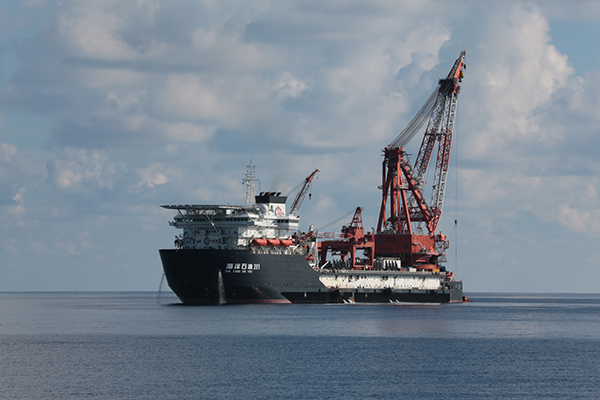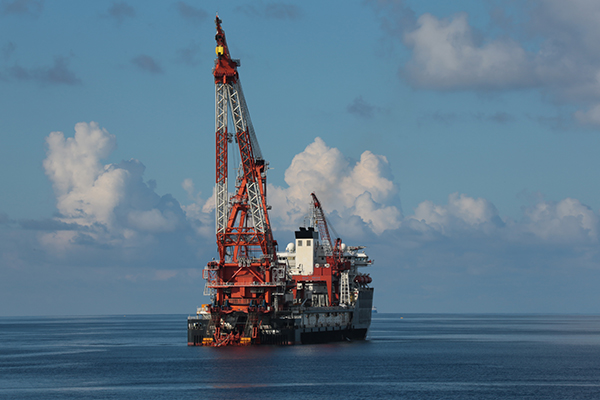
Since the construction operation ship “Offshore Oil 201” has been put into use, it has broken China’s sea pipe laying record more than 20 times, becoming China’s independent development Key equipment for oil and gas resources.
According to the introduction, the submarine pipeline is the “main artery” of offshore oil and gas transportation, and is hailed as the “lifeline” of the offshore oil and gas production system. The construction of submarine pipelines is difficult, and the welding process and equipment capabilities are extremely high. At the same time, with the increase of water depth and the instability of the seabed, low rock strength and other factors, the technical difficulty of laying submarine pipelines has increased exponentially. The industry believes that the laying of submarine pipelines is one of the important signs for testing the overall level of a country’s marine oil and gas resource development capabilities. Prior to this, the laying technology of deep-sea sea pipes above 1500 meters has been monopolized by a few international petroleum engineering companies.

As China’s first deep-sea oil and gas development project with a water depth of more than 1500 meters, the laying of the submarine pipeline of the Lingshui 17-2 project is not only CNOOC but also the first foray into the 1,500-meter deep sea pipeline in the Chinese offshore engineering industry operation. In this operation, CNOOC also carried out technical research on the properties of deep water pipelines such as tensile, impact and hardness, and finally figured out the ultra-high precision, surface quality and corrosion resistance of deep sea pipelinesRelated requirements such as anti-oxidation ability have successfully realized the localization of deep-water submarine pipelines.
The Lingshui 17-2 gas field with the laying of submarine pipelines is one of the most important oil and gas discoveries in China in recent years. CNOOC was drilled in 2014 and proved its geological reserves Over 100 billion cubic meters, the gas field is 150 kilometers away from Hainan Island. CNOOC Chairman Wang Dongjin said that the sudden new coronary pneumonia epidemic and the challenge of low oil prices have not affected the company’s efforts to increase domestic oil and gas exploration and development. Construction of major projects and oil and gas development projects.
You Xuegang, deputy general manager of CNOOC Zhanjiang Branch, introduced that in addition to the laying of submarine pipelines, the development well operation and production platform construction of Lingshui 17-2 gas field Other development projects are also under intense progress. The gas field is expected to be put into operation in 2021, and it will provide stable supply of 3 billion cubic meters of gas to Guangdong, Hong Kong and Qiong every year, which can meet the gas demand of a quarter of the people in the Greater Bay Area.